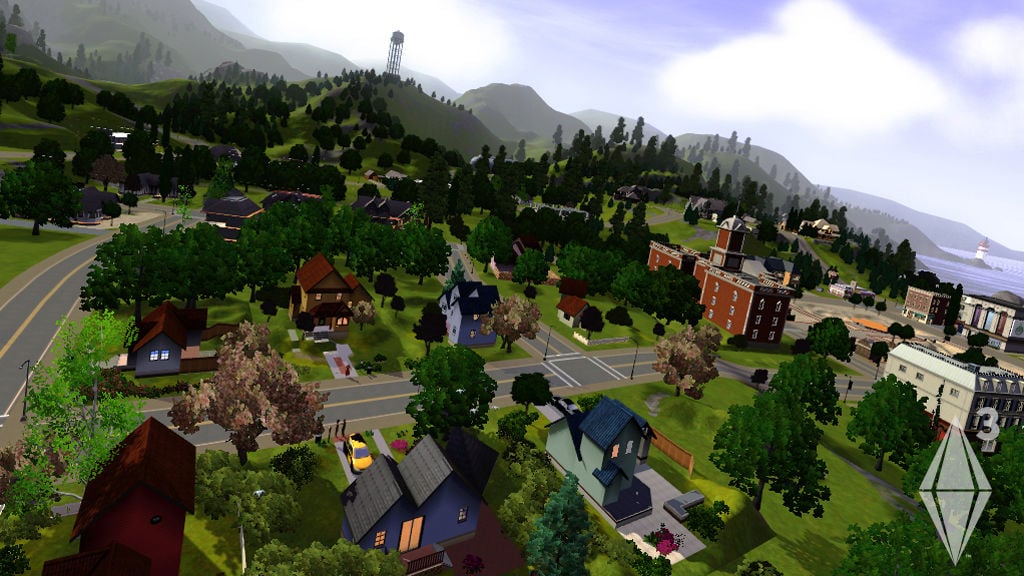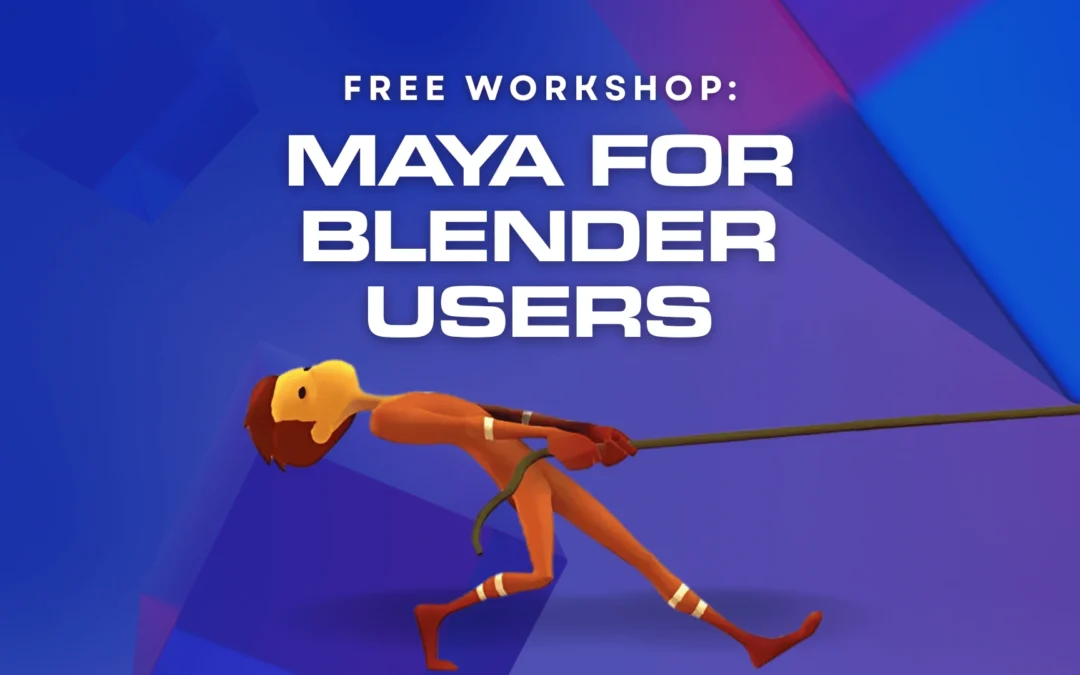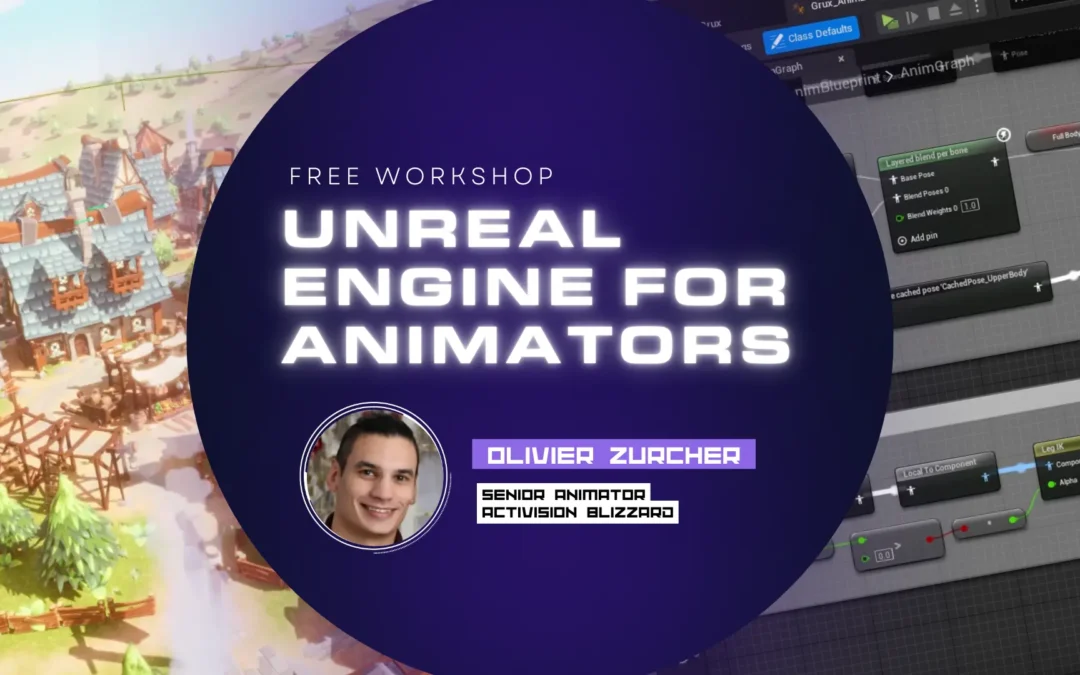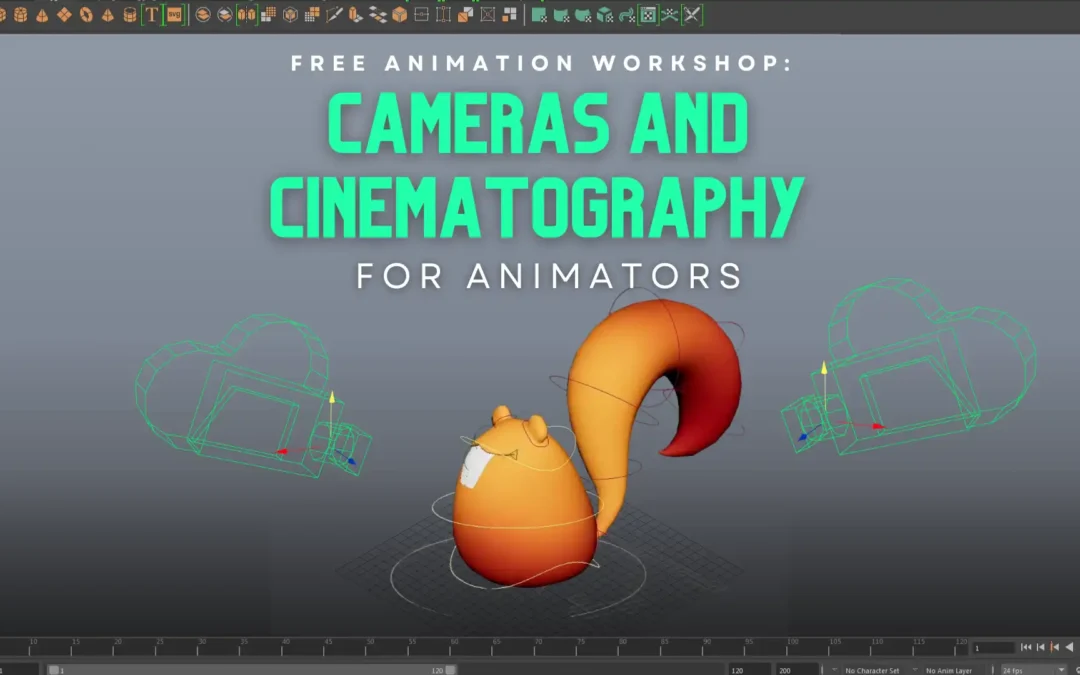
So you want to apply to a game studio but you’re wondering, “What exactly do I need to put on my demo reel?” Is it different from film? Well, yes and no. Here’s what you need to know when putting together a game animation demo reel.
Games can definitely present some different requirements to an animator than what might be experienced in film. However, when it comes to putting together a demo reel, the game industry is not that different from the film industry. The bottom line: reviewers still want to see solid animation.
Learn more about game animation with League of Legends animator Skylar Surra.
Today there are as many game studios as there are games being made. There’s not one standard formula. Just like in film, studios have their own styles, requirements, etc. I’ve tried to summarize some tips below that may help you if you’re looking to put together an animation demo reel for a game studio.
1. Tailor your demo reel to the studio you are applying to. This is super important. The game industry is exploding and there are so many different studios, different genres of games, and different styles of how games are animated. Do your homework. Research the studio and the work they produce. That doesn’t mean you need to have completely new, customized work for each studio. But, if you know you’re going to apply to work on an action-oriented, sword-fighting game then put more of your animation that has physical action in it. If you’re applying for a job on a people simulation game, then put more pantomime and acting-oriented pieces on your reel.
2. To cycle or not to cycle? That’s a question I get asked all the time. Cycles are definitely a part of every game, especially for things like a character’s locomotion or fighting actions. However, game animation today has a lot more to it than just cycles. My first advice is to consult tip #1 and if it’s necessary then put 1 or 2 good cycles on your reel to show that you can do them. However, they don’t need to be the focus of your reel. People still want to see good animation that showcases solid physical action, acting, performance, and storytelling skills. If you can show that, the reviewer will have no doubt that you can do a cycle, even if you don’t have one on your reel.
3. Nail the fundamentals in all your animation. This might seem obvious, but I can’t emphasize it enough. By their nature, games tend to involve a lot of physical action so it’s key that you show a firm understanding of the principles. It’s also important because the animation can be viewed from all different angles in video games (as opposed to film where you’re usually animating to a specific camera). Because of this, the fundamentals need to be working since the animation has to look good from all angles. There’s nothing that will make a reviewer hit the eject button faster than if the fundamentals are not executed properly in someone’s reel. Weight, timing, spacing, arcs, overlap, etc. It’s probably one of the most important things to consider when putting together your reel. Get feedback from your friends and/or colleagues to make sure your reel shows you have a solid understanding of how to execute the fundamentals of animation. It’s been mentioned in several good animation books, but something very simple that is executed very well will make a much bigger impact than something complicated that’s executed in less than stellar fashion.
4. Don’t make the reel too long. Anything over 2 minutes is probably getting too long. Don’t put everything you’ve ever animated on there. Just the best, most recent work. Reviewers have a very limited space of time to review your work so keep it short and make it count!
Want more demo reel advice? Watch Is your demo reel ready for a major studio? with Shawn Kelly.
5. Always put your best work first. You want to grab people’s attention from the get go. If your best work is later in the reel, the reviewer may never see it.
6. Specialist or Jack of All Trades? Should I include models, rigs, textures, etc.? Again, refer to tip #1 to understand what the studio is looking for. While some studios may look for a jack of all trades (i.e. someone who can animate and rig), most studios these days (especially the bigger ones) are looking for specialists. That means if you’re applying for an animation position, make the focus of your reel a showcase of your animation.
7. Always pay attention to submission guidelines. Some studios prefer a Vimeo link, some prefer a YouTube link, some might have a specific site where you need to upload your reel, and on and on. The point is, always pay attention to the submission requirements for each specific studio. It might seem like a small detail, but, as you know, competition is fierce in the animation industry—you don’t want a simple misstep in the submission process to cost you an opportunity.
8. Always include a shot list. This is particularly important if you have group projects on your reel. Be very specific about what you animated so it’s clear to the reviewer.
Well, I think that about wraps it up! I hope you find these tips helpful and I hope to see some of your solid reels soon. Good Luck!
Want to be learn from professional game animators?
Start your animation quest now! Learn the industry ins and out from League of Legends and Telltale Games animators. Get more information today about Animation Mentor and our Game Animation Workshops.



